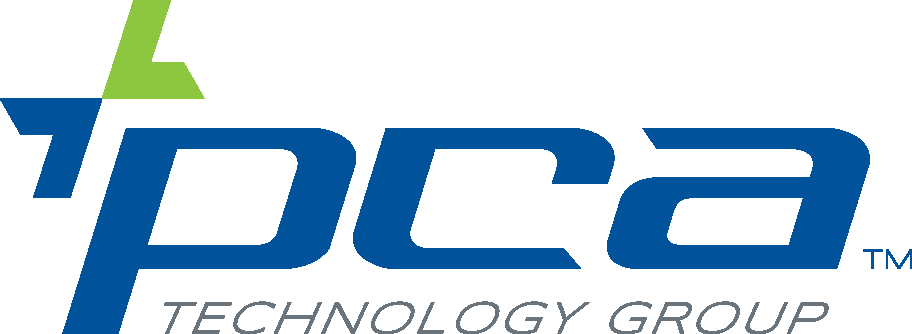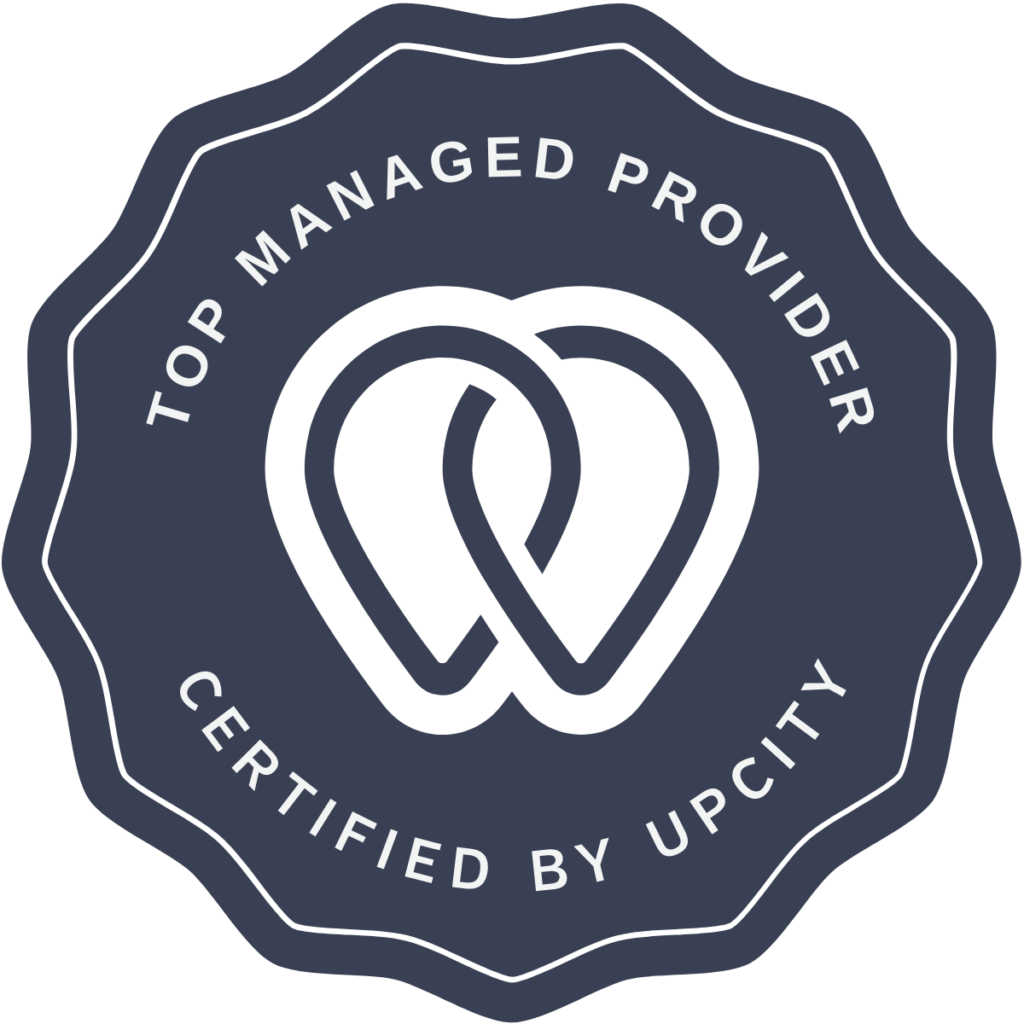There are more methodologies to software development than the traditional waterfall method. While it’s difficult to argue which one is superior to the other, each provides unique benefits. In this article, we will discuss a methodology that may better align with a developer’s or customer’s goals: Agile software development.
What is Agile software development?
Agile’s approach is to build a software solution not as a monolithic structure, but as a series of interconnected, modular components. It takes complex projects and breaks them into smaller, more manageable units called sprints. Each sprint focuses on developing a specific collection of features while using continuous feedback from stakeholders and users to enhance development. This iterative approach enables easier adjustments and ensures that the final product aligns with both user and customer needs.
The four principles of Agile development
As stated in the Manifesto for Agile Software Development, Agile development operates according to four core principles:
- Individuals and interactions over processes and tools: Agile development prioritizes skilled individuals working collaboratively and effectively. Tools and methodologies serve as facilitators, not rigid rules.
- Working software over comprehensive documentation: While documentation remains important, Agile development emphasizes functional software delivery in short cycles. This allows users to engage with the product early and provide valuable feedback for continuous improvement.
- Customer collaboration over contract negotiation: Agile encourages closer collaboration between software engineers and customers throughout the development process. This ensures the final product truly meets their needs and exceeds expectations.
- Responding to change over following a static plan: Change is inevitable in the business world, and Agile development embraces it. Short sprints allow for adjustments based on new information or evolving requirements.
The Agile development life cycle
The Agile life cycle is a collaborative process with distinct stages, each contributing to a quality final product:
- Concept: The initial brainstorming phase identifies potential projects and assesses their feasibility through cost-benefit analysis and technical considerations.
- Inception: The developer assembles teams, secures funding, and discusses initial requirements with the customer. A clear timeline is established, outlining responsibilities and sprint durations to ensure project clarity.
- Iteration/Construction: The development team gets to work, building features based on user stories (brief descriptions of functionalities) and continuous feedback loops. Each sprint typically lasts two to four weeks and culminates in a functional product increment, ready for user evaluation.
- Release: The completed sprint undergoes final testing, bug fixes, and documentation before being released to users for broader feedback and adoption.
- Production: The released product is actively monitored, supported, and updated as needed. This step also involves educating users and solving problems to ensure a user-friendly experience.
- Retirement: When a product reaches its end of life, it’s decommissioned with proper notification to users. If there is a new product to replace it, data migration will commence for a smooth transition.
The benefits of Agile software development
The Agile approach offers many advantages to businesses, including:
Accelerated time to market
The Agile method’s iterative approach gets your product to market quicker, giving you a competitive edge. Traditional software development methodologies often follow a waterfall approach, where requirements are rigidly defined upfront. This can lead to lengthy development cycles and products that don’t meet current market needs by the time they launch. The adaptability of Agile development allows you to gather feedback constantly and course-correct, ensuring that your product stays relevant and delivers value to your customers.
Enhanced efficiency and collaboration
The agile approach fosters a collaborative environment between development teams, product owners, and stakeholders. This open communication environment leads to fewer errors and misunderstandings. Additionally, by breaking down the process into incremental stages, the Agile approach allows for more focused work and efficient resource allocation.
Cost-effective development
Agile’s focus on incremental delivery and continuous feedback minimizes the risk of building unnecessary features. In contrast, traditional development approaches can lead to wasted resources and budget overruns if development takes a wrong turn. With the Agile method, you can identify and address issues early in the development process, improving cost savings and maximizing return on investment (ROI).
Superior quality through continuous improvement
Continuous testing and iteration ensure high-quality software that meets user expectations. The incremental nature of agile development also makes it easier to identify and address bugs and other flaws during the development process, resulting in a stable final product.
Adaptability and flexibility in a dynamic market
Agile development allows developers to adapt to the constantly changing business environment with ease. Unlike waterfall methodologies locked into a predefined plan, the Agile method’s short sprints allow you to incorporate new features or adjust existing ones based on real-time user feedback and market trends. This ensures your product stays relevant and competitive in the long run.
Get a better understanding of software development and its various methodologies. Speak with a PCA Technology Group expert. Contact us today.


